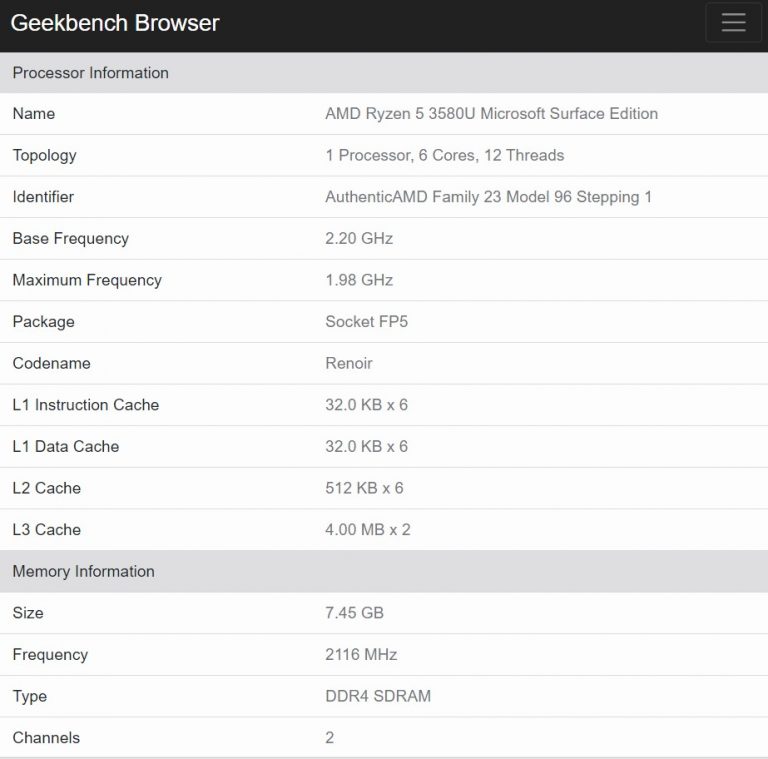

The Dell XPS 13’s incredibly slim bezels make it easy to see how much of a difference this kind of engineering work makes, and it would be nice to see Microsoft do the same for its flagship laptop. When I wasn’t focusing on specific tasks I caught myself staring at the black bars around the screen, wishing they were smaller so I could have a bit more screen space to play with. They just aren’t very attractive, and when I wasn’t focusing on specific tasks I caught myself staring at the black bars around the screen, wishing they were smaller so I could have a bit more screen space to play with. It’s a little harder to forget about the thick bezels surrounding the Surface Laptop 4’s 3:2 display. That makes the Surface Laptop 4 not quite as small as the M1 MacBook Air (12 x 8.4 x 0.6 inches, 2.8 pounds) or the Dell XPS 13 (11.7 x 8.2 x 0.5 inches, 2.9 pounds), but it’s plenty slim enough to slide into a backpack or briefcase and promptly forget about. In terms of dimensions, it's identical to the Surface Laptop 3, weighing in at 2.8 pounds and measuring just 12.1 x 8.8 x 0.6 inches.

That said, I’ve always loved the slick, clean lines of the Surface devices, and the new Surface Laptop 4 offers more of the same. The latest Surface Laptop hews close to the minimalist design of its predecessors, which is both welcome and a little underwhelming I would have liked to see Microsoft attempt a more radical change with the Surface Laptop’s design, but for now, you’ll have to look inside to see what’s new.

Unlike its predecessors, both sizes of the Surface Laptop 4 can be configured with your choice of an Intel 11th Gen Core i5/i7 CPU or an AMD Ryzen 5/7 4000-series processor, though the 15-inch model is limited to the higher-end Core i7/Ryzen 7 chips. If you need more power you can configure the Surface Laptop 4 with beefier innards, potentially paying as much as $2,299 and $2,399 (respectively) for the two models if you kit them out with the top-tier components.


 0 kommentar(er)
0 kommentar(er)
